Bonsai trees come in various styles, each with its own unique charm and appeal. For beginners, selecting the right style can be a daunting task. Here’s a simplified guide to 15 popular bonsai tree styles along with why they’re great choices for beginners:
1. Formal Upright
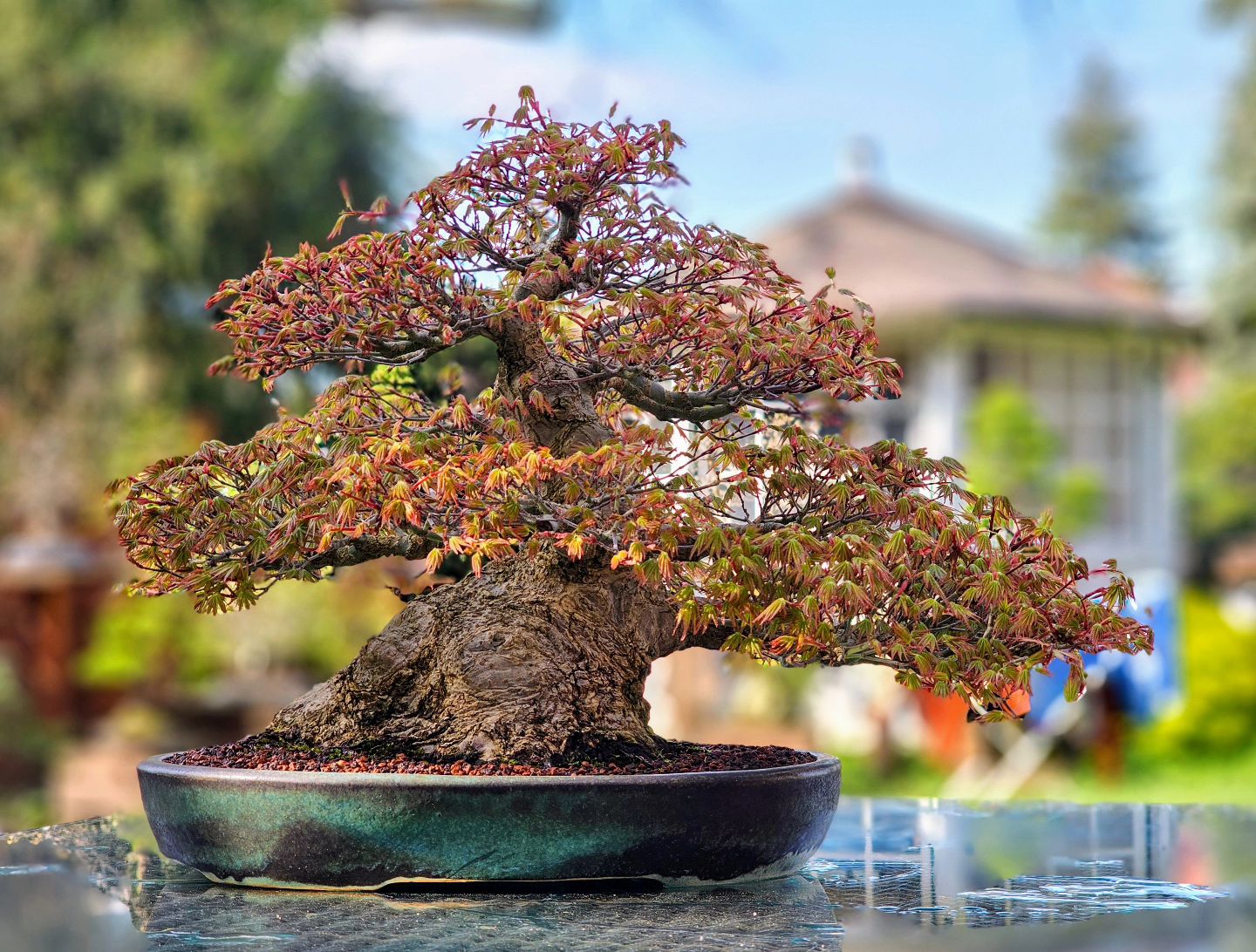
Why It’s Great:
- Represents the classic tree shape.
- Easy to maintain with minimal training required.
- Ideal for showcasing the beauty of the trunk and branches.
2. Informal Upright
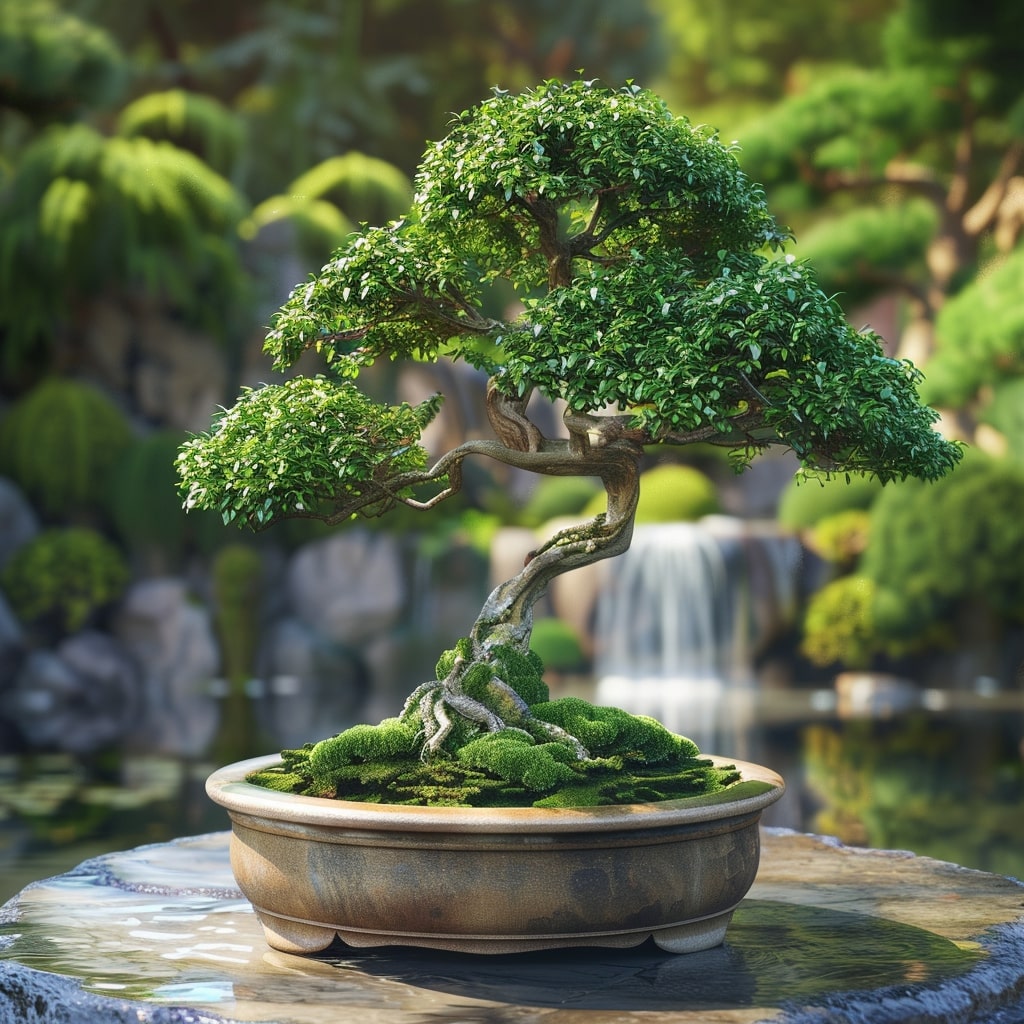
Why It’s Great:
- Mimics the natural growth patterns of trees.
- Forgiving style that allows for some deviation from the traditional upright form.
- Offers opportunities for artistic expression and creativity.
3. Slanting
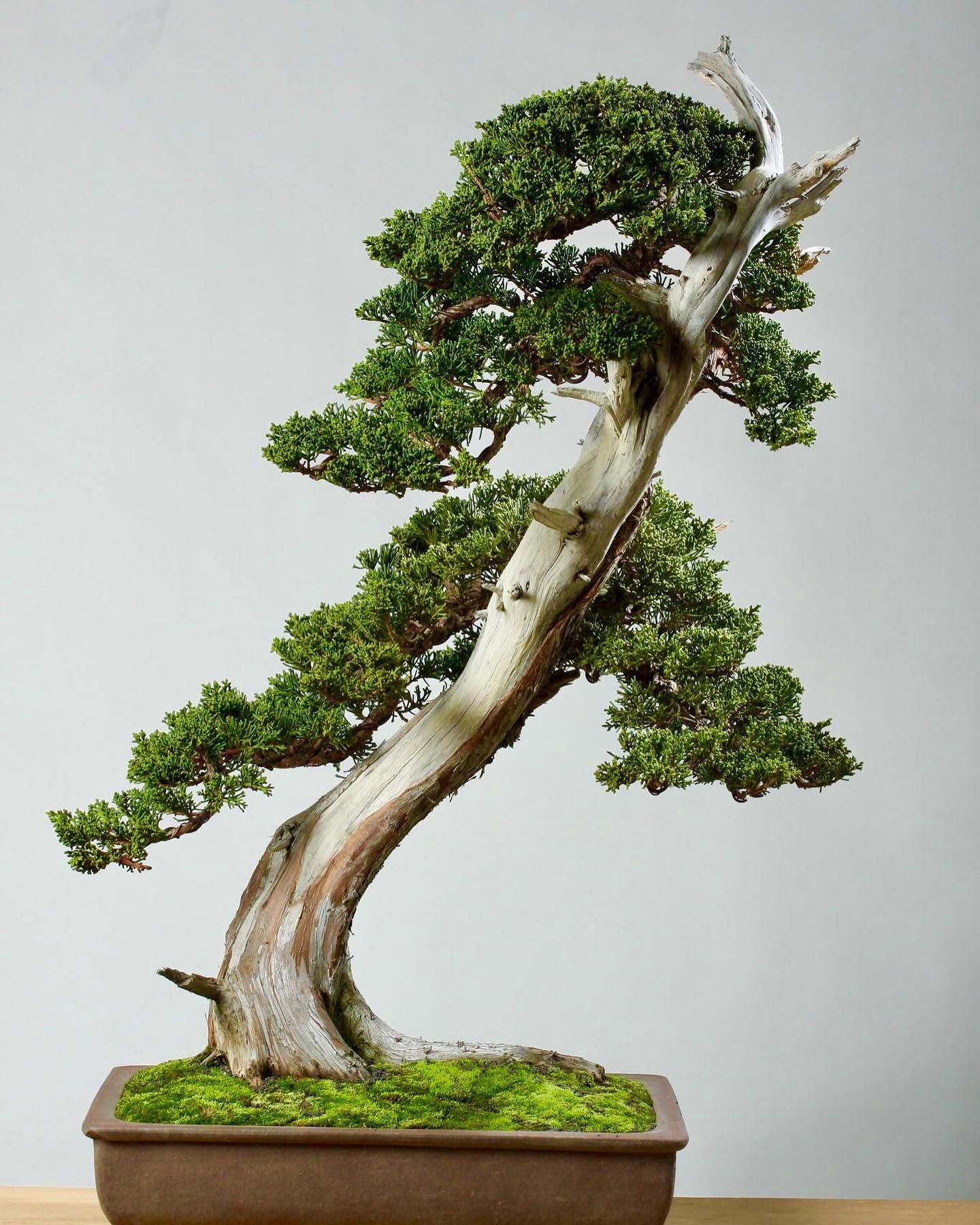
Why It’s Great:
- Provides a dynamic and visually interesting appearance.
- Requires minimal space due to its slanted trunk.
- Allows beginners to experiment with asymmetrical designs.
4. Cascade
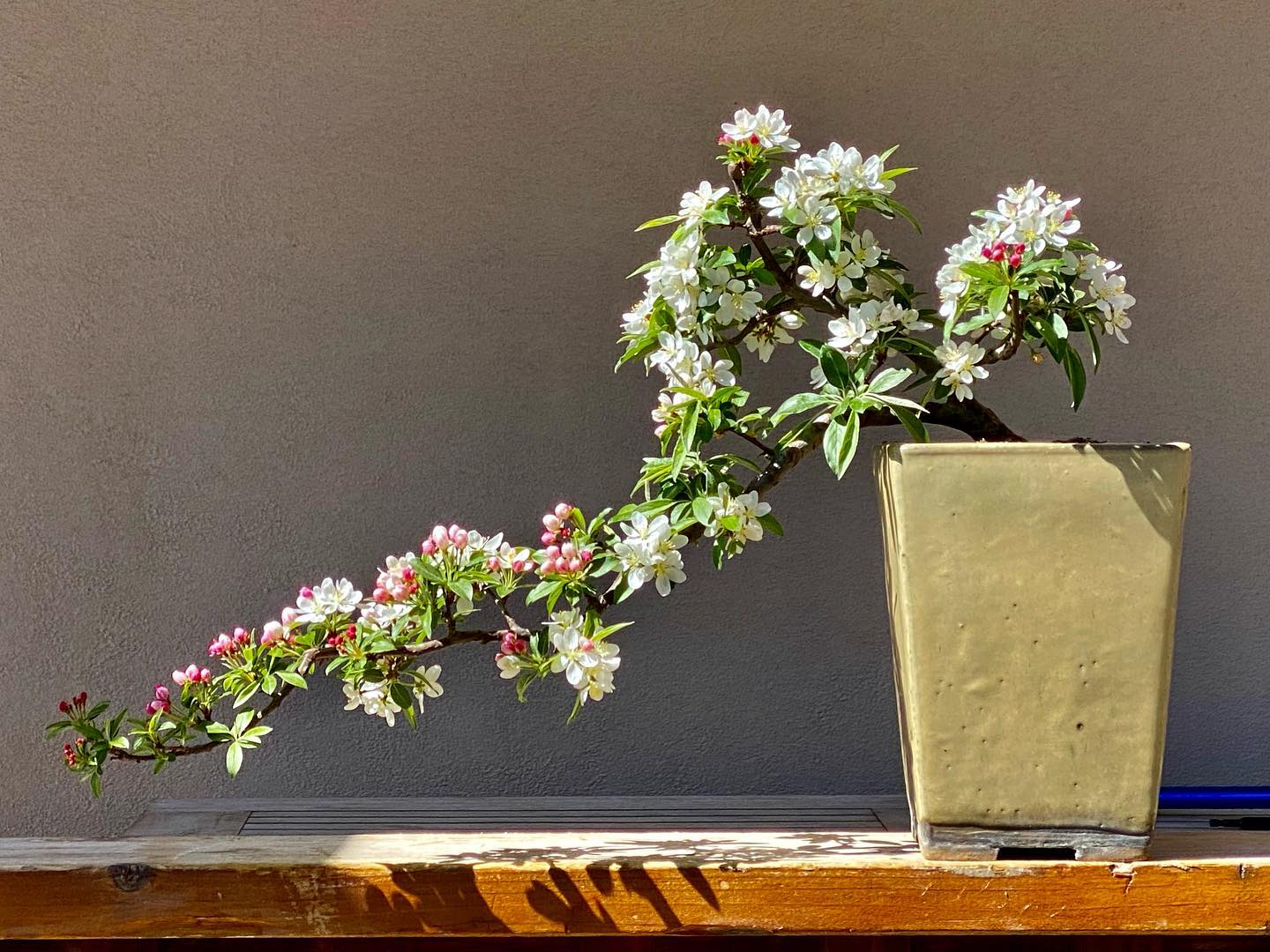
Why It’s Great:
- Evokes the image of a tree growing from a cliff or over a waterfall.
- Offers a unique and captivating display.
- Teaches beginners about balance and proportion in bonsai design.
5. Semi-Cascade
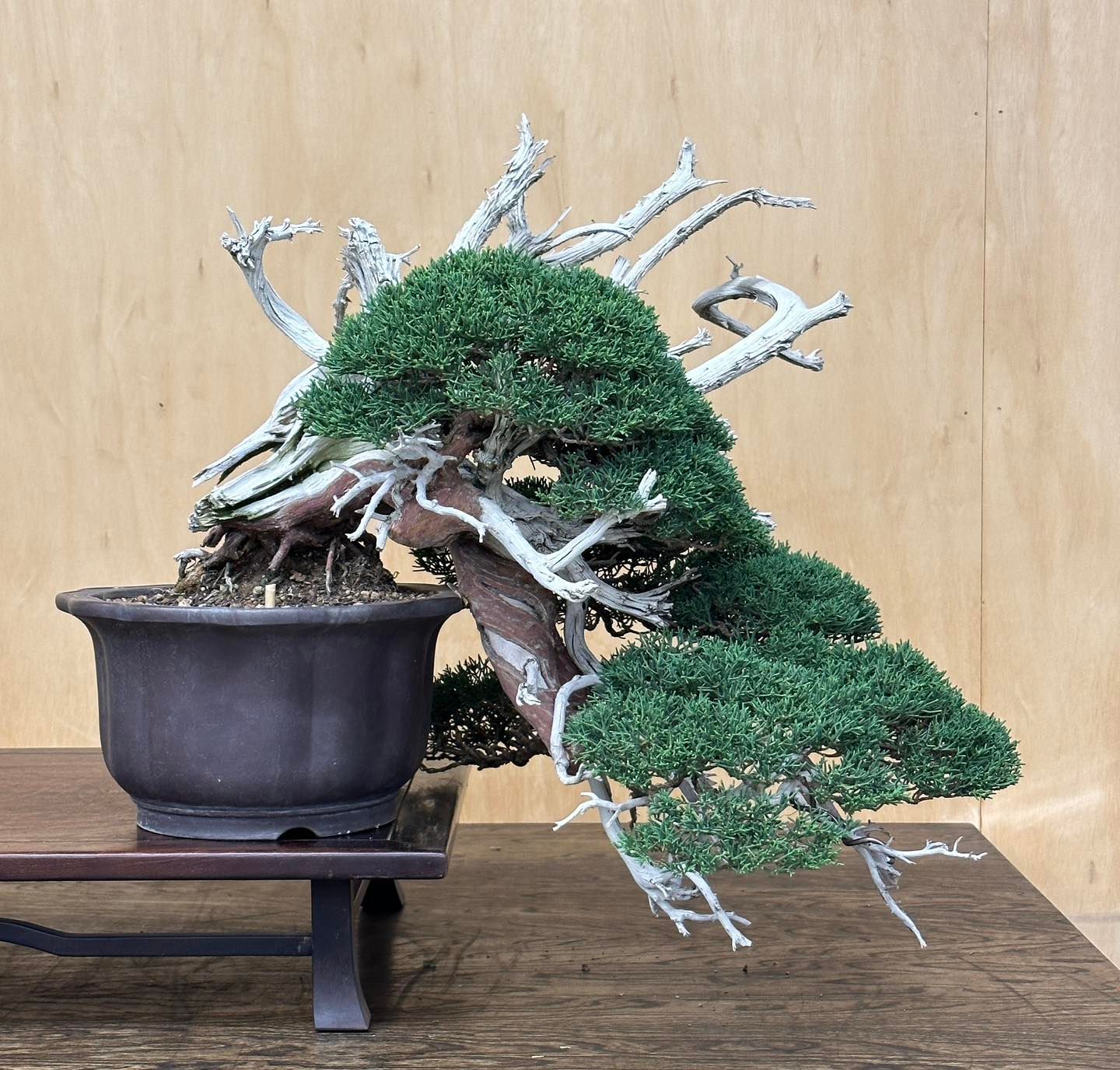
Why It’s Great:
- Similar to the cascade style but with a less pronounced downward growth.
- Easier to maintain than a full cascade while still offering drama and elegance.
- Suitable for beginners looking for a challenge without the complexity of a full cascade.
6. Windswept
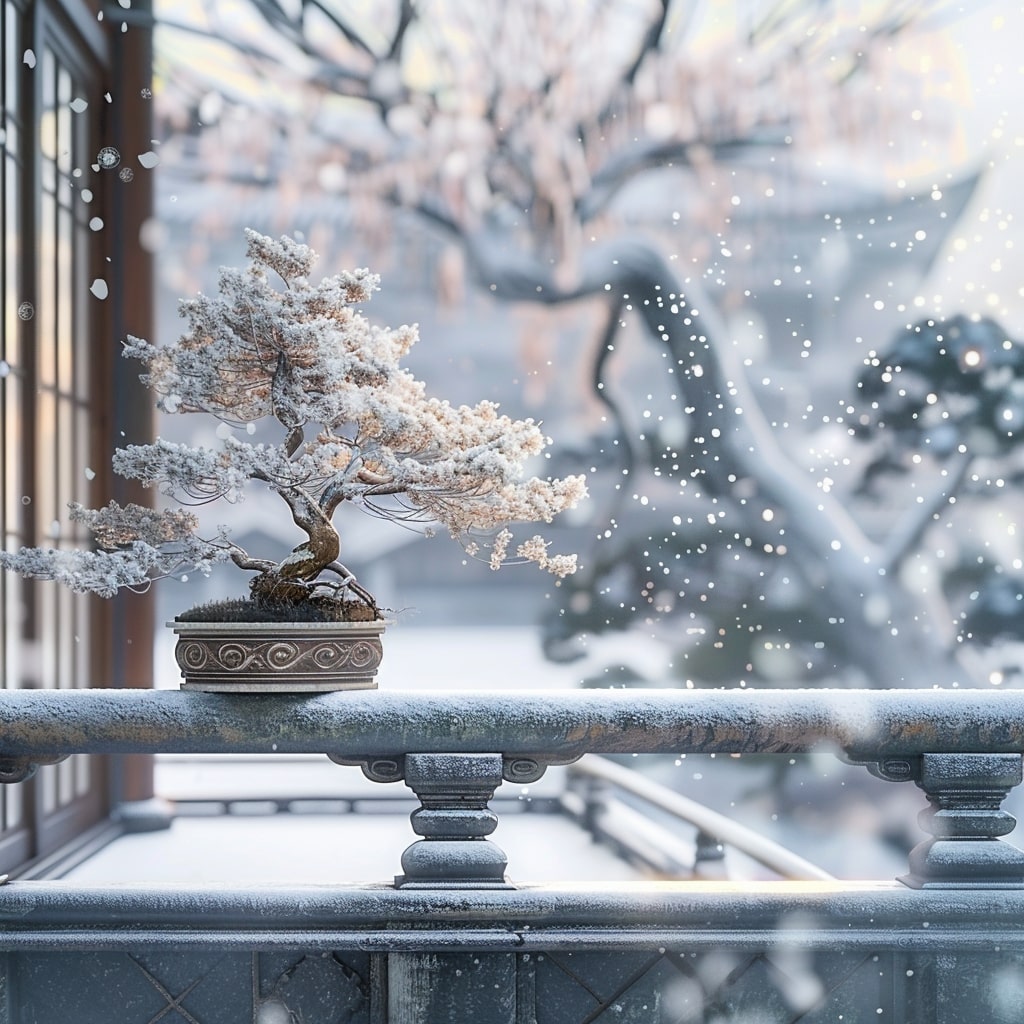
Why It’s Great:
- Captures the essence of a tree exposed to strong winds.
- Allows beginners to experiment with dramatic styling.
- Emphasizes the resilience and endurance of nature.
7. Literati
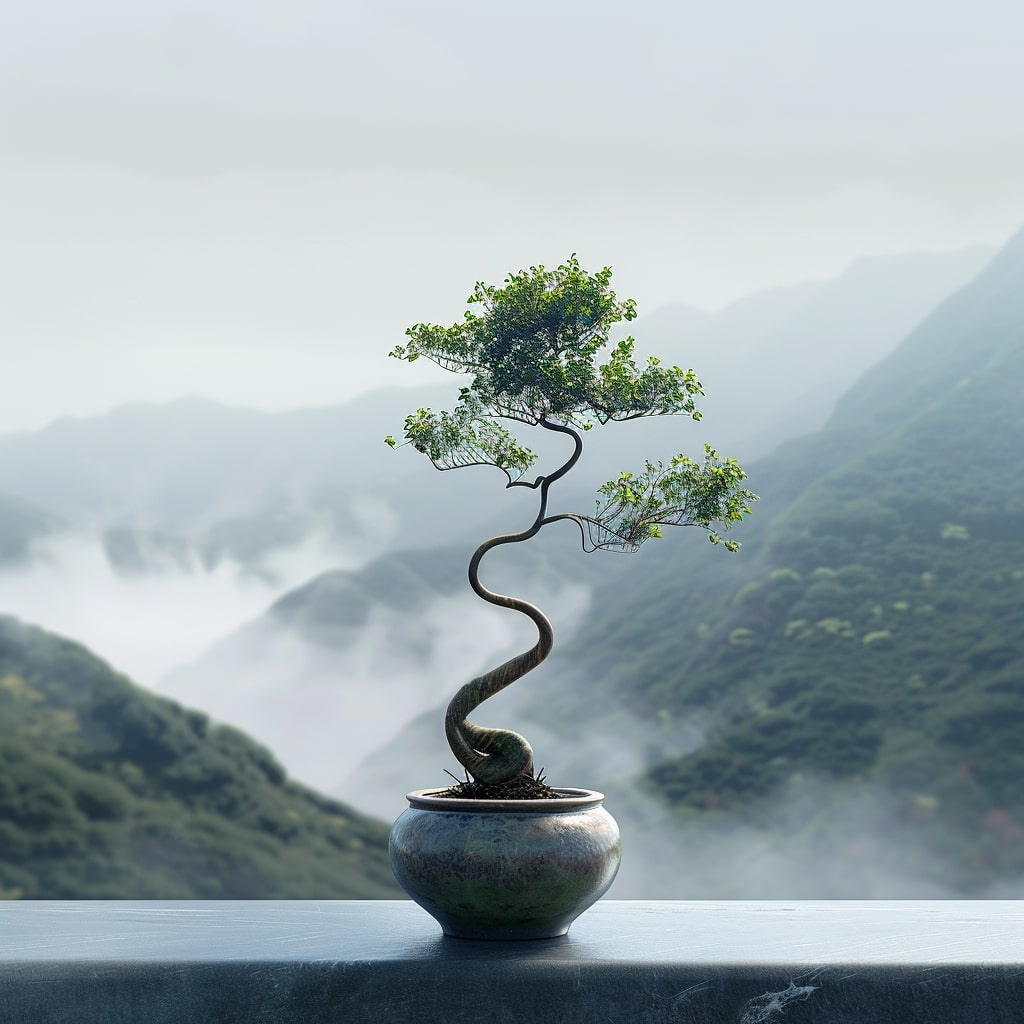
Why It’s Great:
- Characterized by sparse foliage and an elongated trunk.
- Offers a sense of tranquility and contemplation.
- Encourages beginners to appreciate the beauty of simplicity.
8. Broom
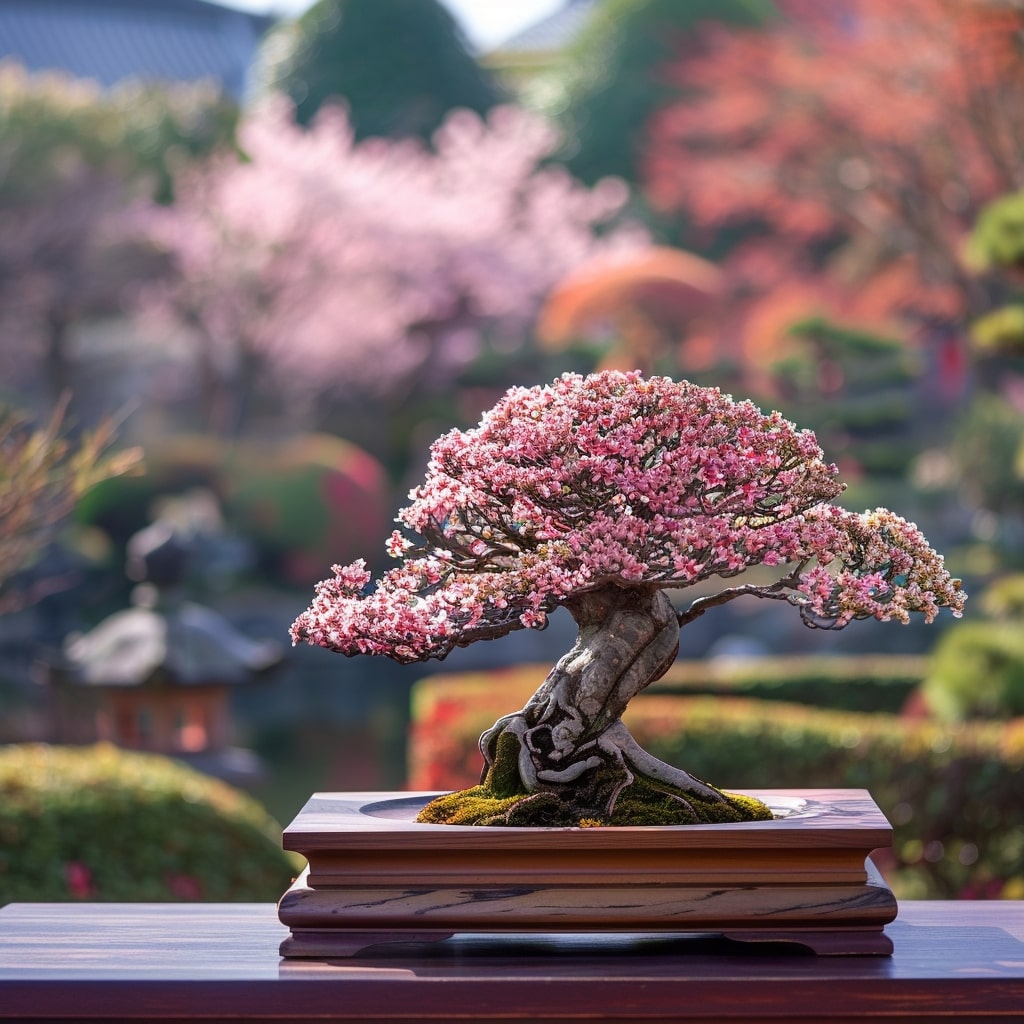
Why It’s Great:
- Features a rounded canopy of foliage atop a straight trunk.
- Provides a classic and timeless appearance.
- Suitable for beginners seeking a traditional bonsai style.
9. Group Planting (Yose-ue)
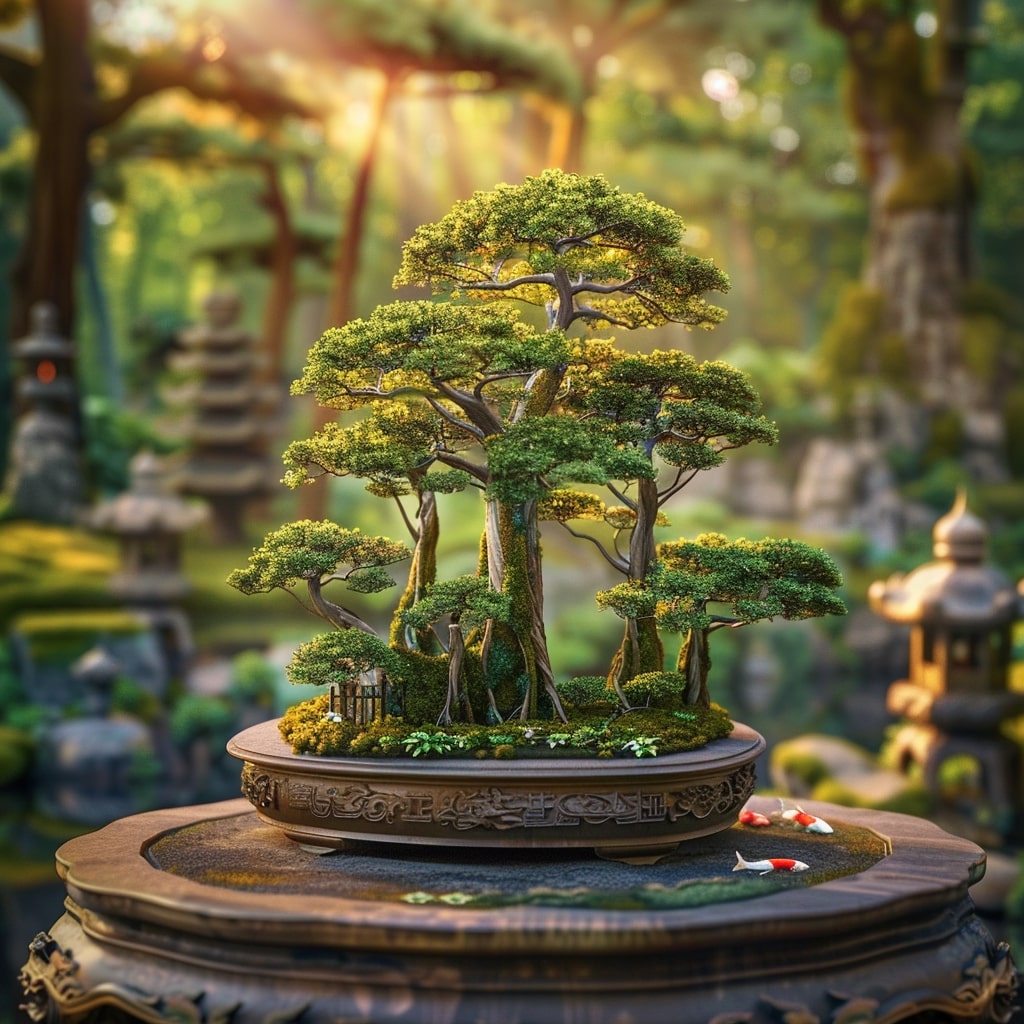
Why It’s Great:
- Involves planting multiple trees together to create a miniature forest.
- Encourages beginners to explore the concept of harmony and balance among multiple elements.
- Offers opportunities for storytelling and creating dynamic compositions.
10. Root-over-Rock
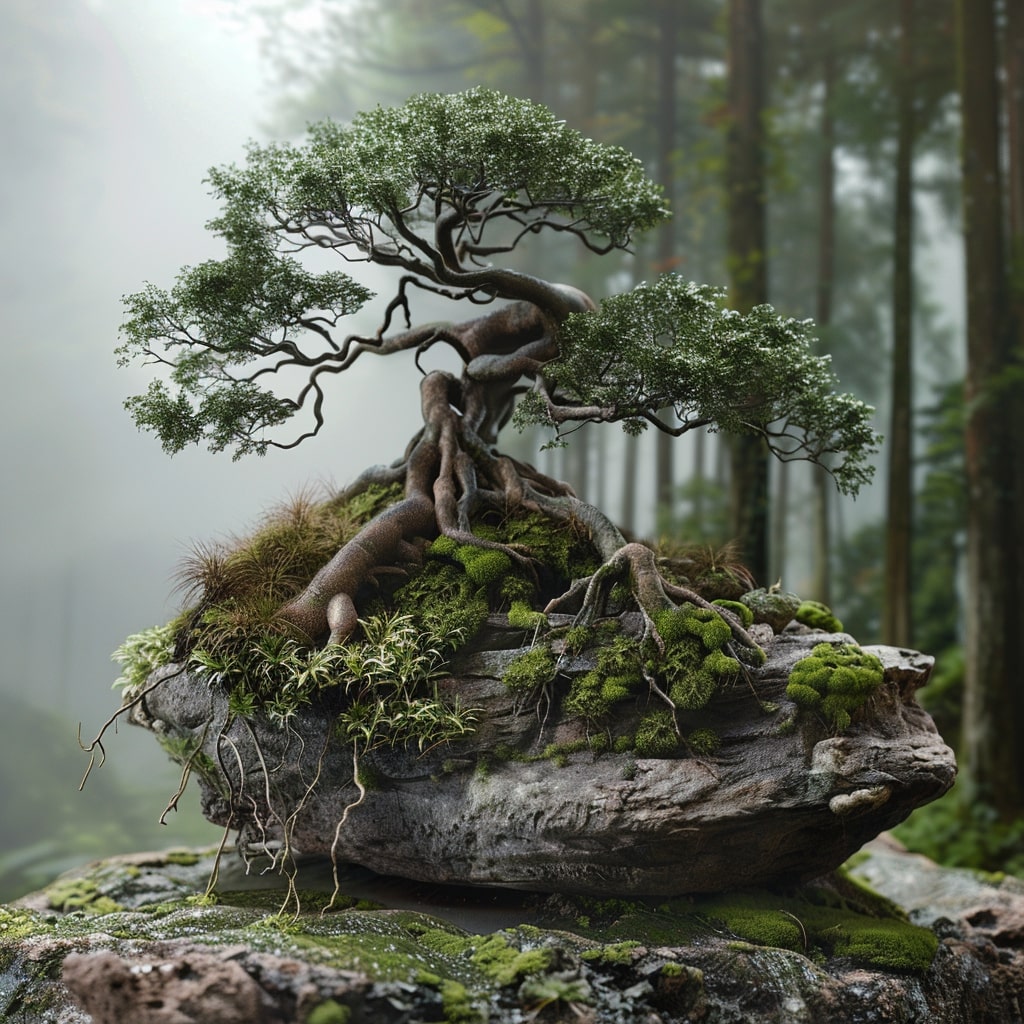
Why It’s Great:
- Incorporates a rock into the design, with the tree’s roots growing over it.
- Creates a striking visual contrast between the rugged rock and delicate foliage.
- Allows beginners to experiment with both hardscape and bonsai techniques.
11. Exposed Root (Neagari)
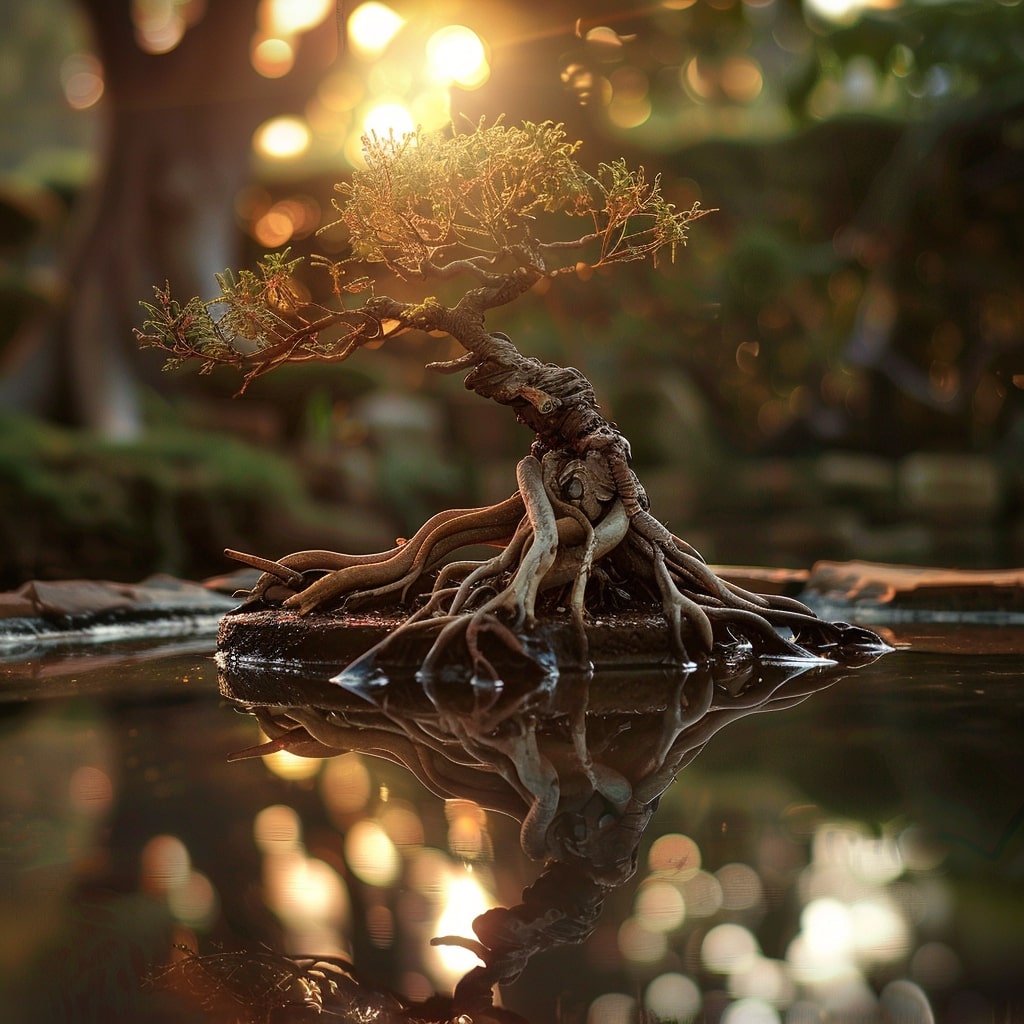
Why It’s Great:
- Highlights the beauty of the tree’s root system.
- Provides a sense of age and maturity to the bonsai.
- Allows beginners to practice root pruning and manipulation techniques.
12. Banyan Style
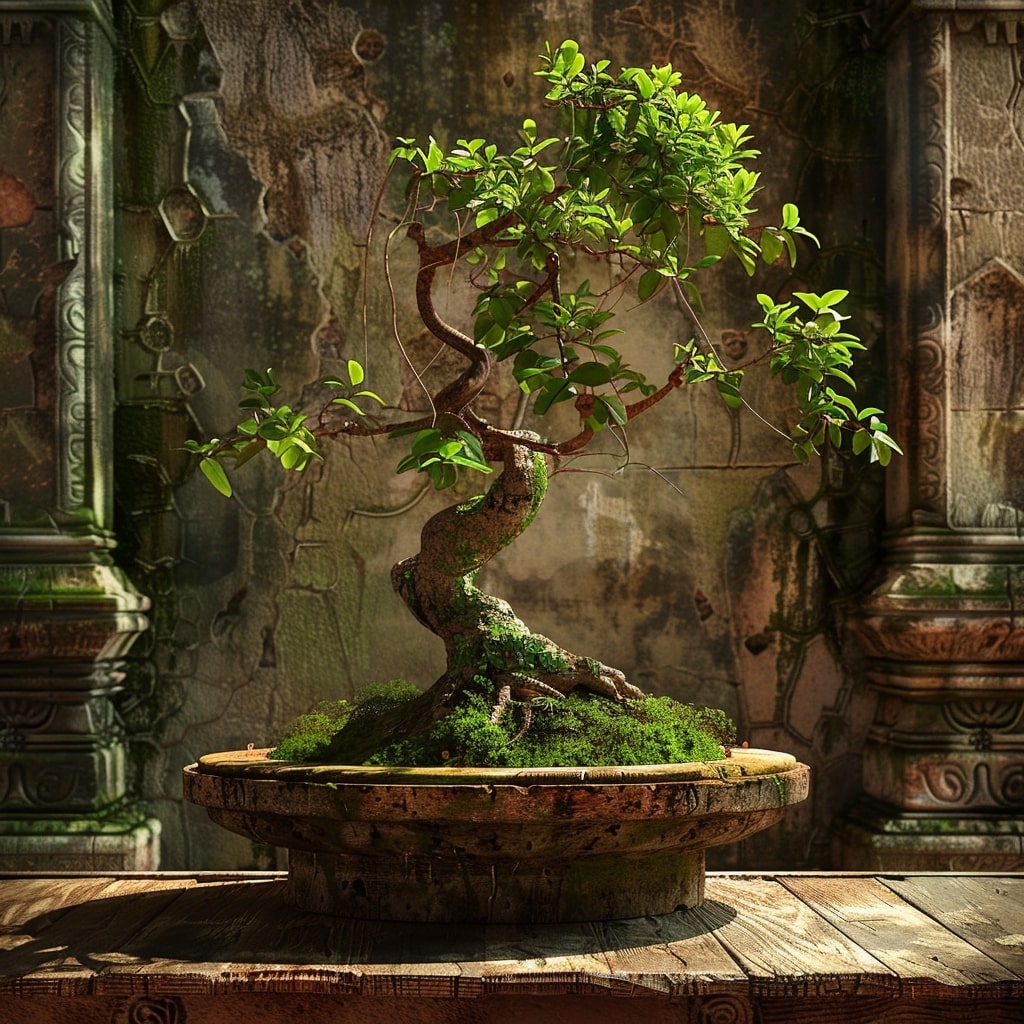
Why It’s Great:
- Features aerial roots that grow from the branches down towards the soil.
- Offers a sense of mystique and ancient wisdom.
- Allows beginners to appreciate the unique growth habits of certain tree species.
13. Multi-Trunk (Ikadabuki)
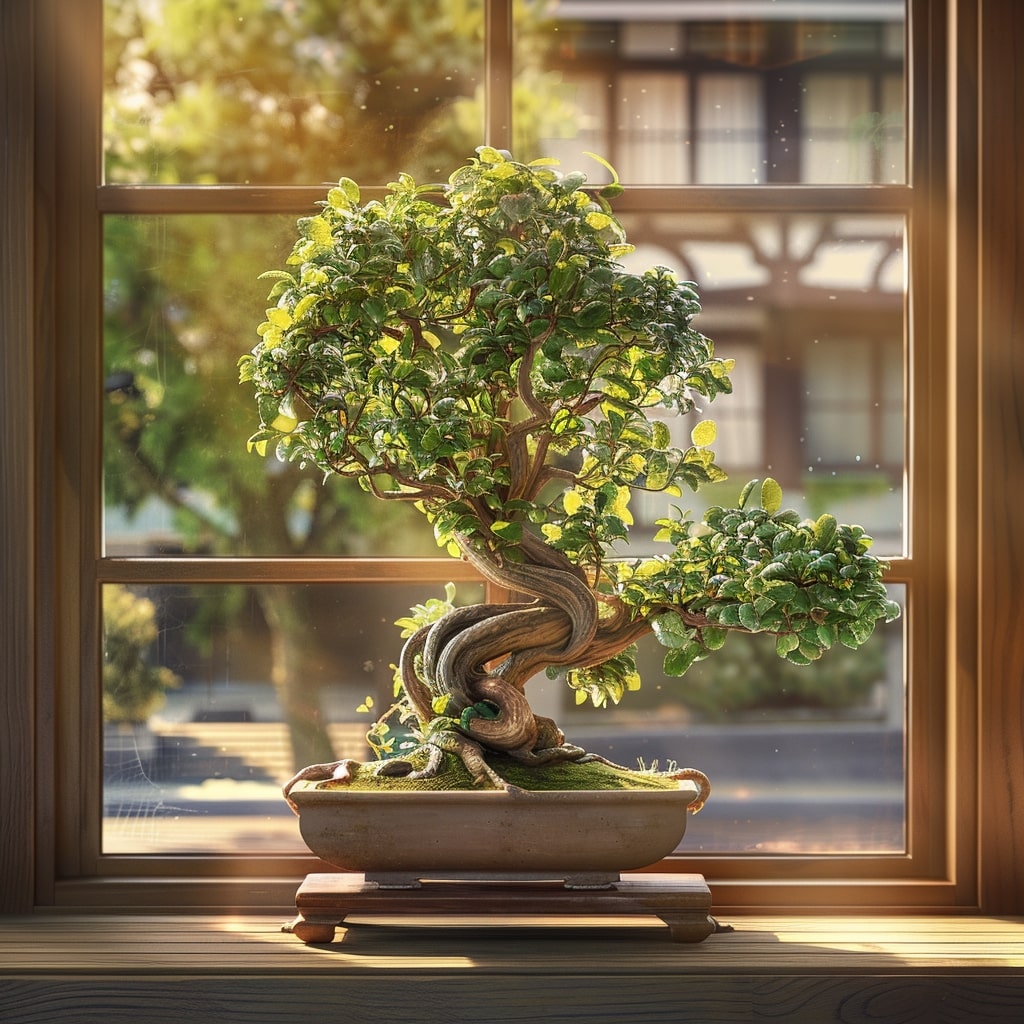
Why It’s Great:
- Involves multiple trunks growing from a single root system.
- Provides a sense of vitality and movement.
- Offers beginners the opportunity to create a dynamic and visually interesting composition.
14. Raft Style (Ikadabuki)
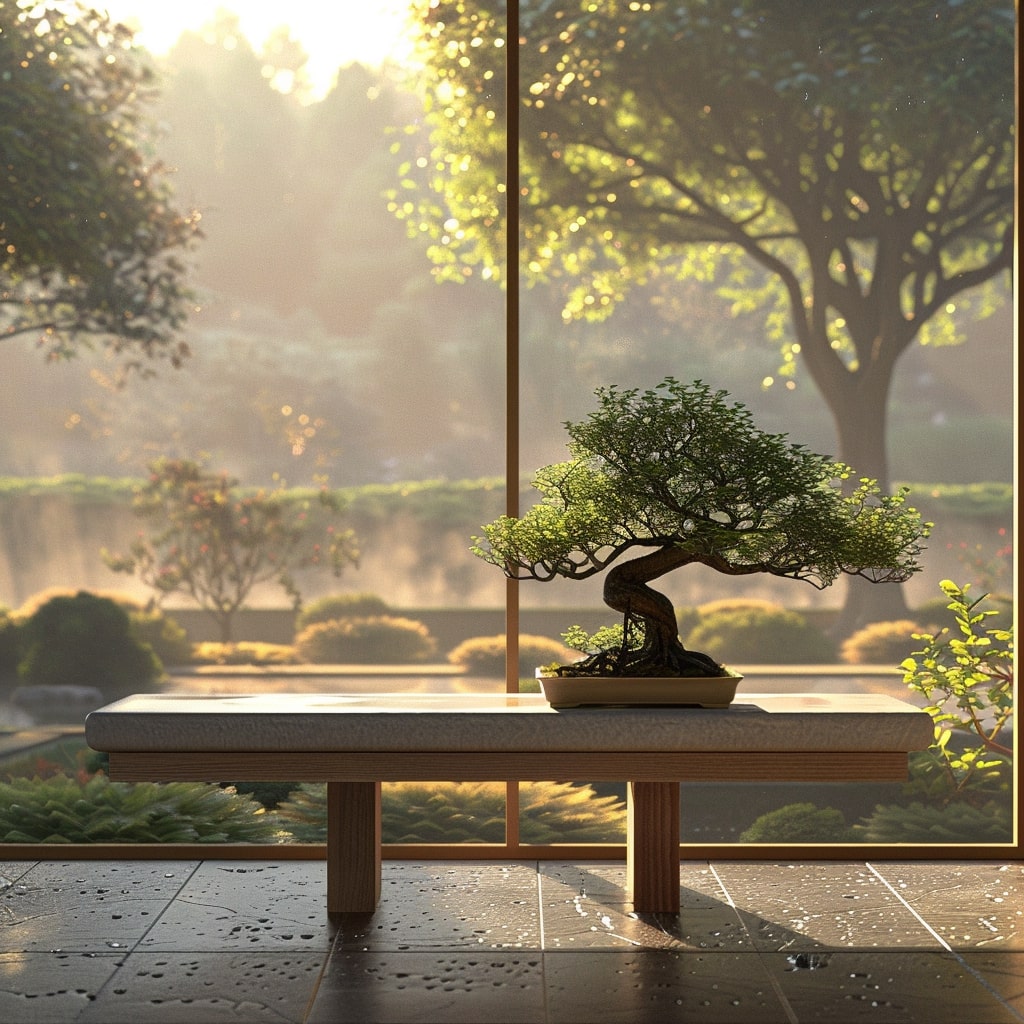
Why It’s Great:
- Mimics the appearance of a tree that has fallen and continued to grow horizontally.
- Allows beginners to experiment with unconventional bonsai designs.
- Provides opportunities for creative interpretation and storytelling.
15. Literati Cascade
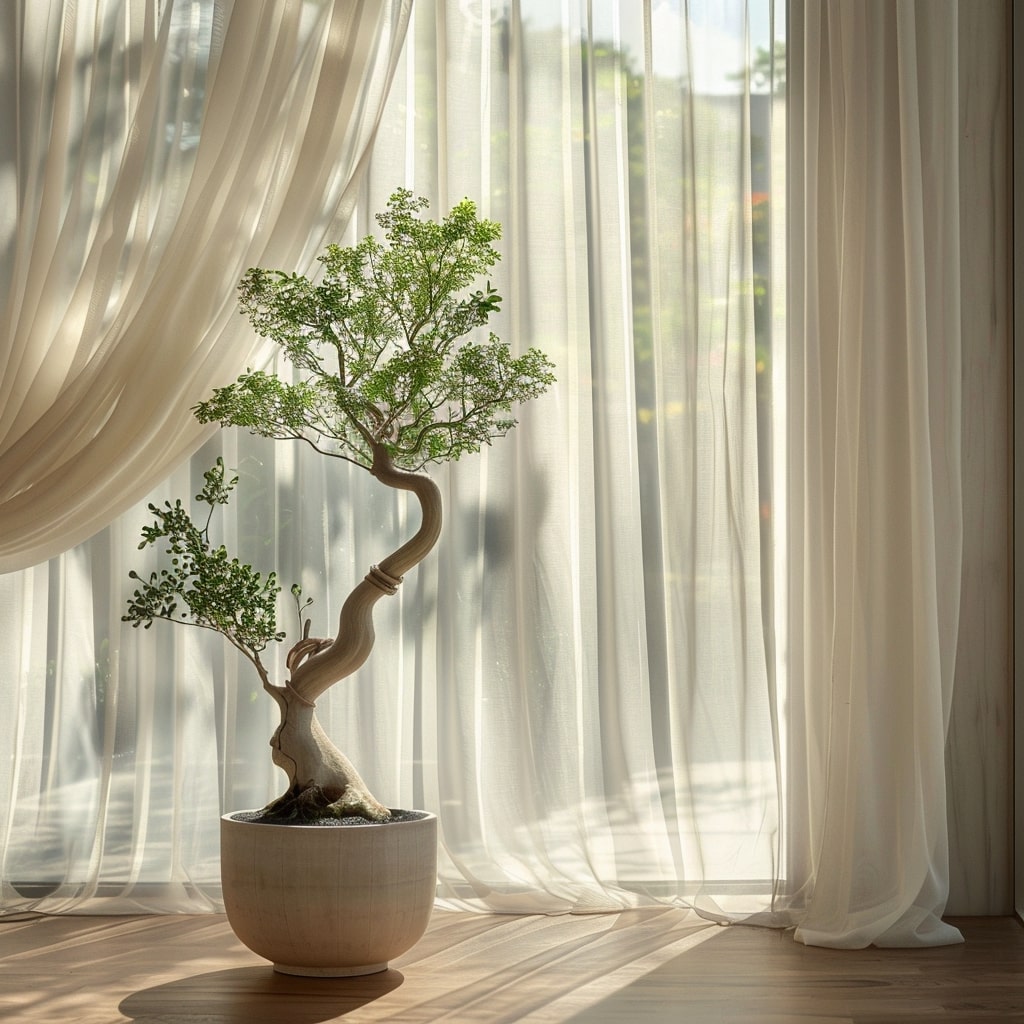
Why It’s Great:
- Combines the sparse foliage of the literati style with the cascading form.
- Evokes a sense of harmony between elegance and drama.
- Challenges beginners to balance the delicate aesthetics of literati with the dynamic movement of cascade styling.
Choosing a bonsai style is a personal decision that depends on individual preferences and artistic vision. By exploring these 15 styles, beginners can gain a deeper understanding of the art of bonsai and embark on an exciting journey of creativity and cultivation.

